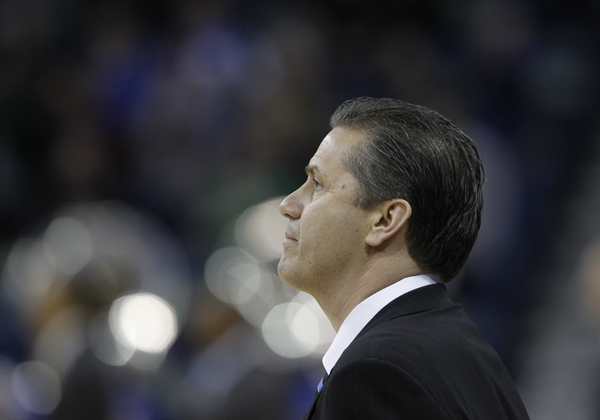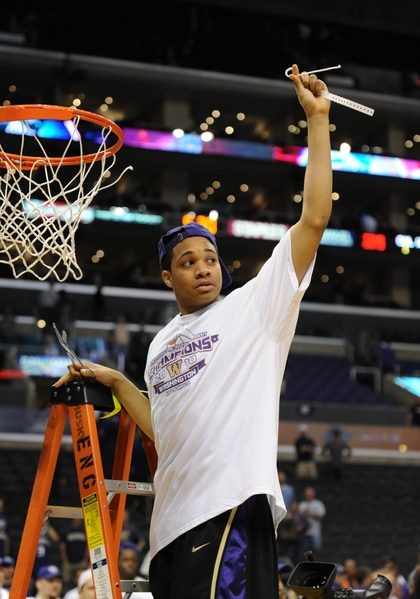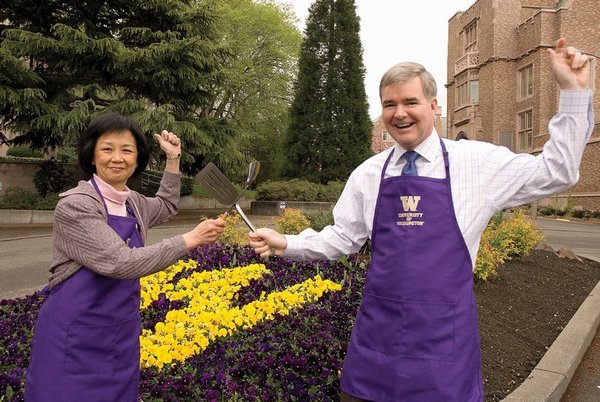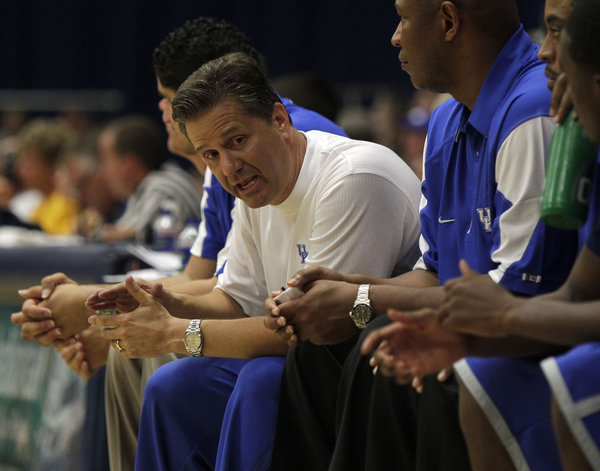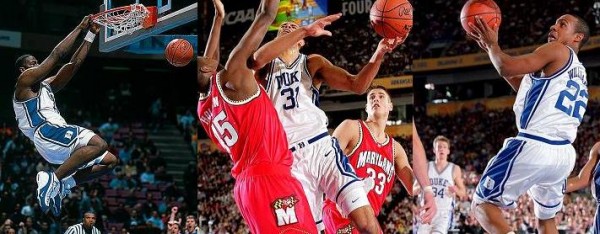RTC Conference Primers: #22 – Atlantic Sun Conference
Posted by nvr1983 on October 13th, 2010
Rush The Court is actively seeking a correspondent for the Atlantic Sun Conference. If you or someone you know is interested in becoming a correspondent, please contact us at rushthecourt@yahoo.com.
Predicted Order of Finish
- Belmont (16-4)
- East Tennessee State (15-5)
- Lipscomb (13-7)
- Campbell (12-8)
- Jacksonville (11-9)
- North Florida (10-10)
- Mercer (10-10)
- USC-Upstate (7-13)
- Kennesaw State (6-14)
- Stetson (5-15)
- Florida Gulf Coast (5-15)
All-Conference Team
- Markeith Cummings (F) – Kennesaw State (17.4 PPG and 6.1 RPG)
- Adnan Hodzic (C) – Lipscomb (22.7 PPG and 9.1 RPG; last year’s A-Sun POY)
- Mike Smith (G) – ETSU (15.3 PPG and 7.7 RPG as a sophomore; injured last year)
- Josh Slater (G) – Lipscomb (17.1 PPG, 5.4 RPG, and 5.2 APG)
- Ian Clark (G) – Belmont (14.9 RPG and 3.3 RPG; last year’s A-Sun Freshman of the Year)
Impact Newcomer
Fred Landers (F) – UNF. Normally we would go with Lester Wilson, a forward out of Knoxville who decided to stay in Tennessee when he signed with ETSU, but the glut of perimeter players on the Buccaneer roster will probably limit Wilson’s playing time. Landers won’t have such a problem at UNF where he should get plenty of playing time at power forward and should contribute immediately for a team with an anemic offense where their leading scorer only scored 9.0 PPG.
What You Need To Know
- Last year the conference regular season championship was mess with four teams having identical 14-6 conference records. That kind of parity should not be an issue this year as it seems like two teams (Belmont and ETSU) have separated themselves from the rest of the field.
- After responding surprisingly well to losing five seniors last season, Belmont returns a team that should be the dominant team in the conference for the next two to three seasons with only two seniors on this year’s roster. Clark should be the driving force behind their push to make it back to the NCAA Tournament. You might remember the Bruins from their last trip to the NCAA Tournament in 2008 when they lost to #2 seed Duke by a single point in the opening round.
- While the Bruins will be relying on underclassmen, the Buccaneers will be relying on a strong group of seniors led by Mike Smith, a guard who was injured last year after only four games. Many expected the Buccaneers to fall apart after losing Smith, but they rebounded to make win the Atlantic Sun Tournament and make it to the NCAA Tournament before losing to #1 seeded Kentucky.
- If you are looking for a sleeper, keep an eye on Lipscomb who could be a threat with what might be the best 1-2 punch in the conference with Hodzic and Slater. If the Bisons are going to surprise Belmont and ETSU, those two will need help from Jordan Burgason (12.8 PPG) and Brandon Brown (10.4 PPG).
Predicted Champ
Belmont (NCAA Seed: #14). With their solid performance in what was supposed to be a rebuilding year last year, Rick Byrd should expect to make a trip back to the NCAA Tournament this year if they are able to overcome ETSU and Lipscomb. Even though the Bruins will rely heavily on Clark and Mick Hedgepeth (11.6 PPG and 6.5 RPG), they will need to get production out of Scott Saunders and Jon House on the inside and steady perimeter play from Drew Hanlen, Jonny Rice, and Jordan Campbell to win the Atlantic Sun.

































